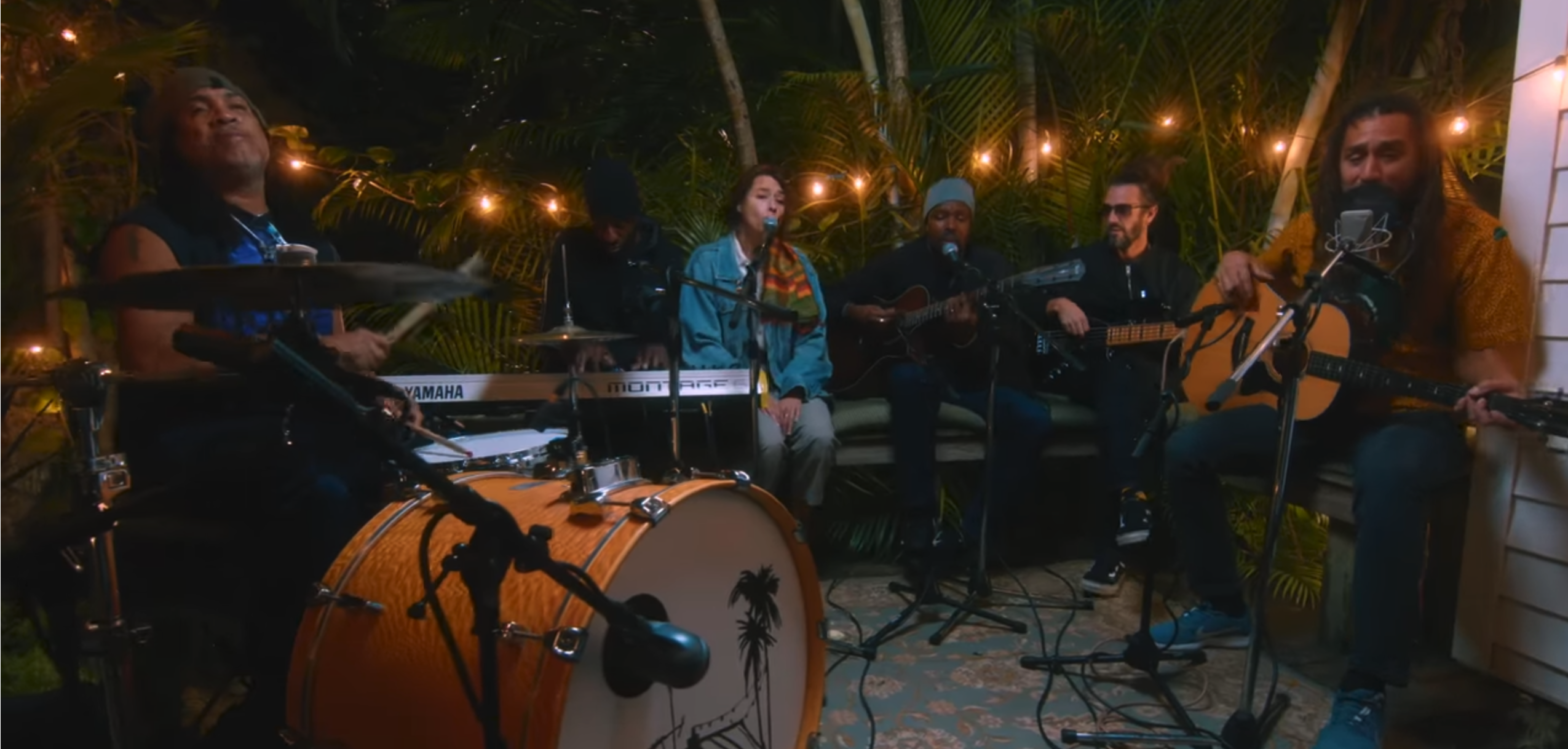‘Baby, I Love Your Way’ Bass Transcription
How does it feel when your biggest hit is a cover version? Does it matter? Probably not if the end result is charting inside the top ten on both sides of the Atlantic, appearing on a Rom-Com soundtrack, and driving album sales that exceeded a million copies.
Big Mountain’s take on Peter Frampton’s ‘Baby, I Love Your Way’ reworks the English singer’s acoustic-driven soft rock ballad into a big-budget pop-reggae production, grounded by bassist Lynn Copeland’s part that manages to be supportive yet melodic throughout.
I transcribed this as a request from one of my students who had to learn it for a rehearsal; I’d played it some years before on a wedding gig as a one-off first dance, but I’d forgotten many of the intricacies in the part that make it so much fun to play.
‘Baby, I Love Your Way’ bass transcription pdf
Performance Notes
Intro
A small, yet important, detail is that the vocal introduction comes in on beat TWO of the bar; if you’re playing this song at a gig and haven’t had the luxury of rehearsing it then this can create a potential car crash moment for less prepared band members (it’s always the guitarist).
Verse
For the main verse groove, Lynn Copeland uses a tried and tested formula: root and 5th for each chord, with the same rhythmic statement beginning each bar. Notice how using the 5th below the root gives the line much more weight than playing the 5th above. Bar 8’s low D natural alerts us to the fact that there’s a 5-string bass at work (or Lynn’s in drop-D tuning), but there’s no need to play it in that octave if you lack a B string.
If one thing’s for certain, it’s that small details matter – notice the smattering of staccato dots strewn throughout the bassline, which have a huge impact on the way that the part feels. Not sure what a ‘staccato dot’ actually does? Sounds like you need to enroll in the Rhythm Reading Bootcamp.
Prechorus
The prechorus presents a marked change from the verse bassline, both in terms of the chord sequence and the concepts being used to outline it. Taking a look at bars 13-15 shows the same approach for each chord: an ascending arpeggio outlining root/3rd/5th/octave, followed by a descending scale pattern that signposts the next chord. This descending scalar approach works particularly well here as the chords are moving down in intervals of a 5th (this is a classic iii-vi-ii-V chord progression, which crops up in many pop songs and jazz standards alike).
Chorus
The chorus is a great example of a ‘question and answer’ bassline, with Lynn presenting a catchy 2-bar idea in measures 17-18 which gets repeated throughout the chorus. As in the prechorus, there’s a balance of scalar and chord tone approaches.
Sax Solo
During the solo we’re treated to a new chord progression which doesn’t feature anywhere else in the song. Here, the bass part feels much more improvised and we’re treated to some interesting fills and variations, notably the triplet in bar 27 and the sliding double stop in bar 30.
Breakdown
We’re silent for almost all of the breakdown, so all you have to do is keep track of the tempo, which is dictated by the vocals.
Key Change Chorus
At bars 42-43 we’re treated to a rather abrupt key change up a semitone, a classic songwriting technique that gives the song a lift (literally) while not forcing you to write any new material. All we have to do is clock the change in key signature up to F major, which is much easier to read, and try to look ahead at the fill in bar 56. Good luck!

